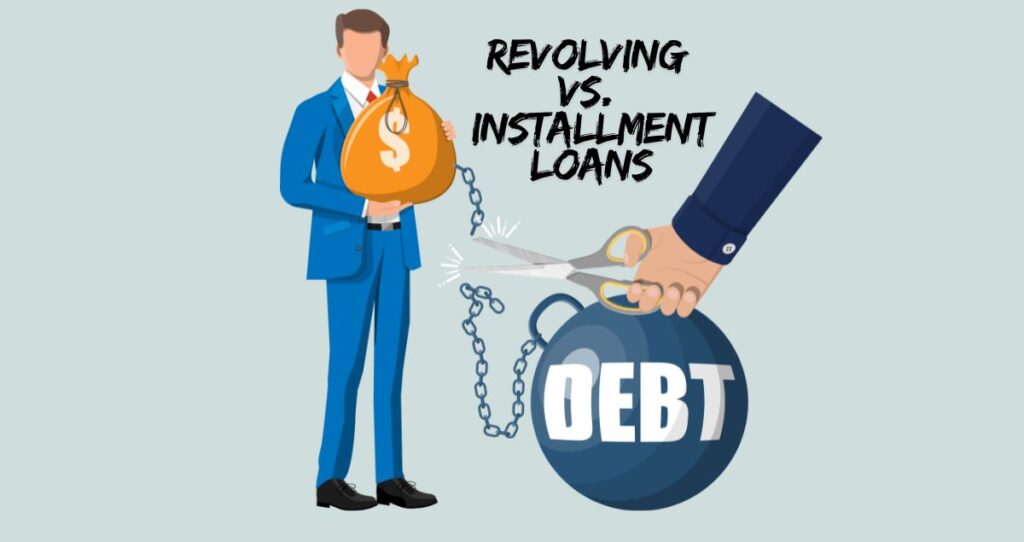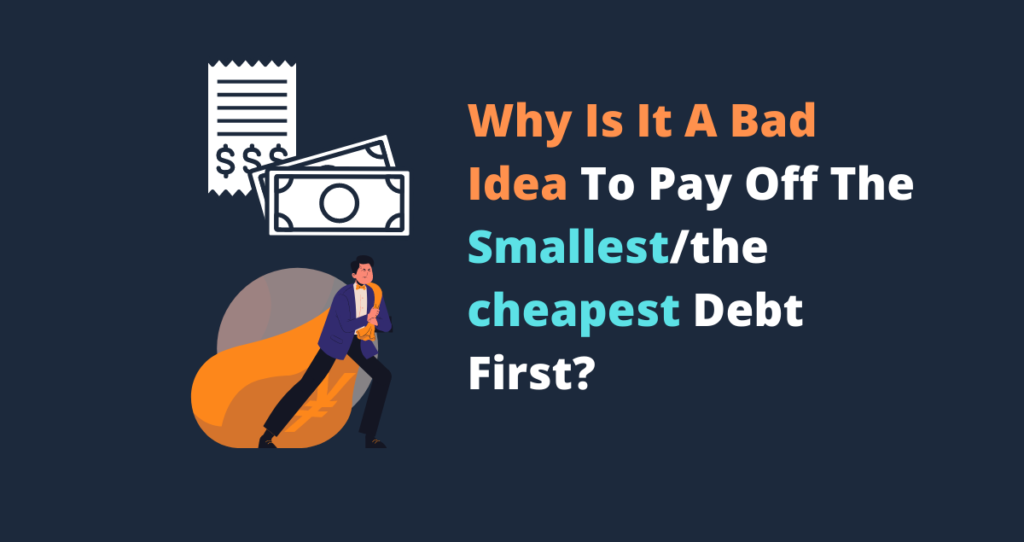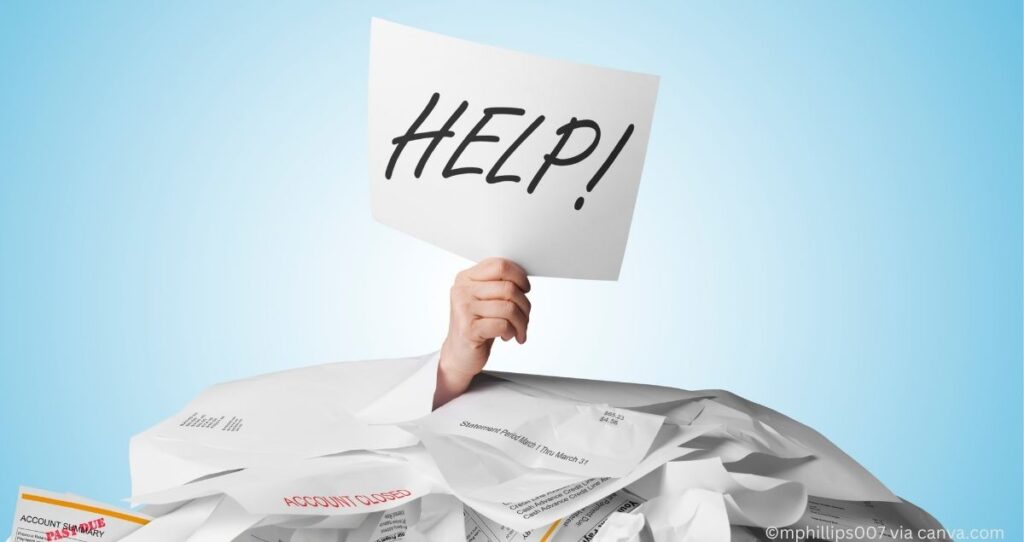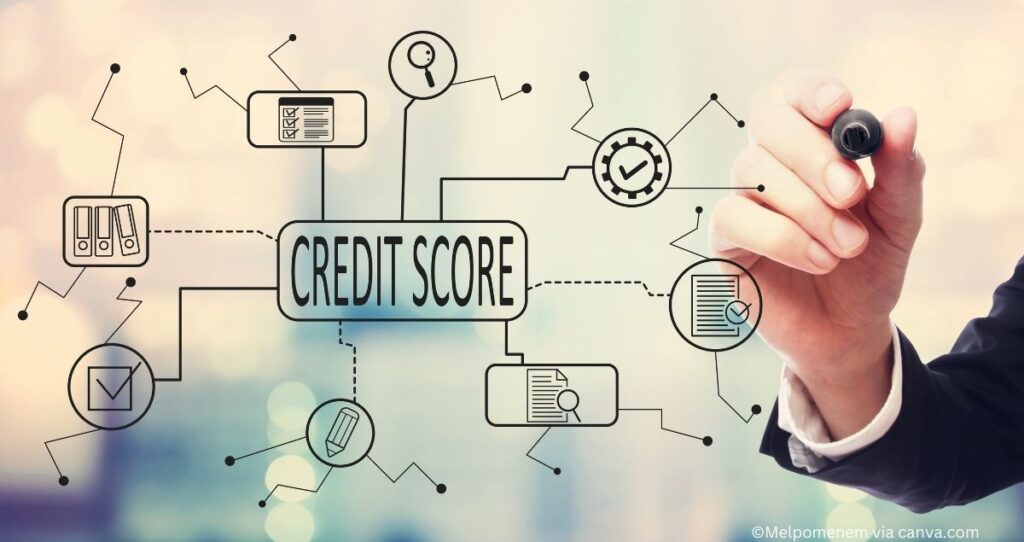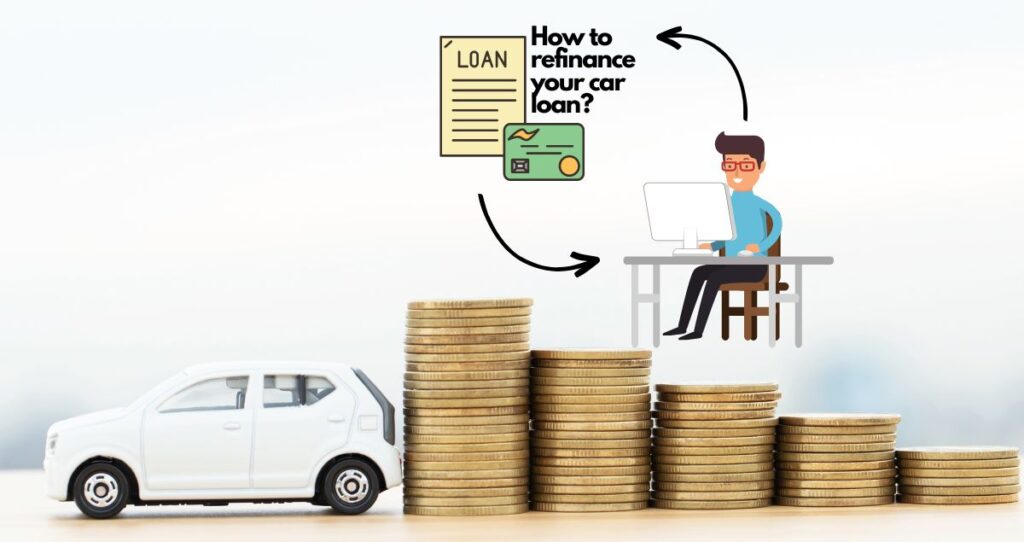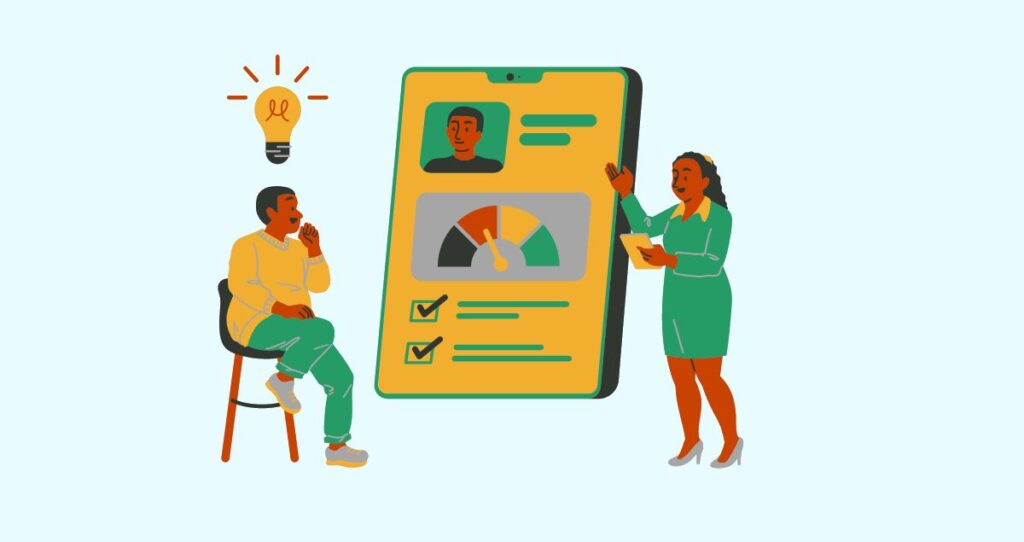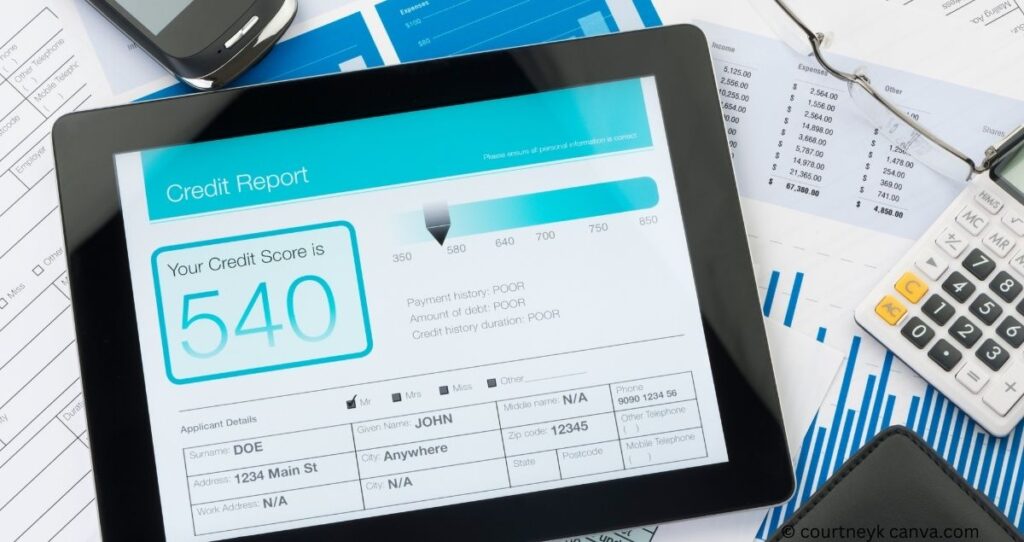Loans typically come in two different types: Installment and revolving loans. Installment loans allow you to borrow a lump sum and pay it back in equal installments, usually monthly. Revolving credits give you access to an ongoing line of credit, which you can tap into when needed and pay back over time. Revolving credit accounts don’t come with fixed monthly payments. If you have a balance on the account but cannot pay it in full, you must pay at least the monthly minimum payment and carry the remaining balance in exchange for interest and a few charges.
In this article, I will explain the fundamental differences between revolving and installment loans and cover the pros and cons of each type of loan. I have also included examples of installment and revolving loans and how each type of loan affects your credit score.
What is an installment loan?
An installment loan is a type of loan where you borrow a lump sum and pay it back in equal monthly payments, also known as installments. For example, if you have a mortgage, you will know exactly how much you will pay monthly until the loan is fully paid off. Installment loans also come with fixed terms that differ based on the type of loan you are getting.
Most lenders follow the amortization process, which helps calculate portions of your payments covering the principal and interest. Once the loan balance is paid off, the accounts get closed. To access more capital in the future, you must apply for another loan and undergo the whole loan application process.
Examples of installment loans
While there is a wide range of installment loans, the following are the most common.
- Personal loans. These types of installment loans usually help you cover expenses you have not planned for. For example, if you have an expensive home repair, wedding, medical bill, or travel, taking out a personal loan might be your only choice.
- Student loans. These loans help you cover educational expenses, including tuition, books, living expenses, etc.
- Mortgages. These installment loans are generally used to buy houses or for the refinancing process.
- Auto loans. A car loan would help you buy a car when you don’t have enough cash to pay it upfront. You can purchase a brand-new or used vehicle with a car loan, depending on your preferences and financial needs.
What is a revolving loan?
A revolving credit account is one where you access a line of credit that stays open indefinitely. Typically, the lender gives you a limit on how much you can spend, also known as the credit limit, on each account. For example, if you have a credit card with a $3,000 credit limit, you cannot spend more than $3,000 on the card.
You can spend as much as you want, assuming you do not exceed your credit limit. Unlike installment loans, whose monthly payments are fixed and predetermined through the amortization process, revolving credits do not have fixed monthly payments. How much you pay depends on the balance of the account. Typically, the account comes with a minimum payment, and the remaining balance can be applied to the following billing cycles.
While it is tempting to carry your balance, the lender charges you interest on the balance you did not pay during a billing cycle. You should also know that revolving loans have higher interest than installment loans. For example, the average credit card APR can be as high as 25%, while the mortgage interest can be as low as 4%. This is why revolving loans are some of the riskiest for consumers, leading to debt accumulation and financial hardships.
You might also like tips for paying off revolving loans.
Examples of revolving loans
Revolving loans come in many forms and types. The following are the most common types of revolving loans you will come across.
- Credit cards. These loans are everywhere and have become convenient for millions of consumers. With a credit card, you get access to a line of credit, allowing you to use it at your discretion. Each credit card has a credit limit approved by the lender. Credit cards come with a higher APR, and carrying a large balance increases your credit utilization, a significant factor in your credit score calculations. You can get a credit card from any bank, credit union, or financial institution. Credit cards allow consumers to purchase in stores and online, pay bills, or make deposits.
- Home equity lines of credit(HELOCs). When you take out a HELOC, you typically borrow against the equity in your house. Homeowners with expensive projects such as home repair and renovations can easily tap into the equity in their homes to finance their projects.
- Personal lines of credit. A personal line of credit allows you to meet your financial needs and comes with a limit on how much you can spend. Like a credit card, you must apply for the loan and pay it back based on your spending. Personal lines of credit typically come with lower interest rates, and you can qualify for a higher balance than credit cards.
Pros and cons of installment loans
Installment loans come with risks and rewards. The following are the pros and cons of getting an installment loan and what you should expect after signing up.
Pros of installment loans.
- Fixed monthly payments. Installment loans come with fixed monthly payments, allowing you to plan and schedule your payments accurately.
- Lower interest rates. Installment loans usually come with lower interest rates compared to revolving loans.
- You can qualify for more money. With installment loans, you are eligible for a higher balance than revolving loans. For example, you can easily qualify for a $450,000 house mortgage.
- A chance to build credit history. Your payments and account activities help you build a credit history, which is essential in qualifying for more loans at better rates in the future.
- Longer terms. Installment loans usually come with longer terms compared to revolving credit. For example, most mortgages have 15 to 30-year terms.
Cons of installment loans.
- The risk of private mortgage insurance. If you don’t have enough down payment, you might be required to purchase insurance to protect the lender.
- Pre-payment penalty. Some lenders charge you a prepayment penalty when you pay off the loan faster or make a higher payment than necessary at any given time.
- Down payment requirements. Some installment loans, such as car loans and mortgages, require a down payment.
- Expensive fees. Most installment loans require a loan origination fee and other closing costs.
- Credit check requirements. Your credit score usually dictates the interest on installment loans. A lower credit score usually means you pay a higher rate or get disqualified.
Pros and cons of revolving loans
Like installment loans, revolving loans also come with pros and cons you should know as a consumer. Here are the pros and cons of revolving credit.
Pros of revolving loans
- Readily available funds. Revolving credit accounts give you access to cash you can spend any time. For example, you can use a credit card anywhere worldwide as long as that credit card is accepted there. A credit card can also help you pay emergency bills while waiting a paycheck.
- Unlimited access to your money. As long as the account is open, you will always have access to your line of credit.
- Building credit history. All activities on revolving credit accounts are reported to major credit reporting agencies, which help you build a credit history.
- Pay for what you use basis. One of the benefits of revolving credit is that you pay for what you use, and the interest is applied only to the balance you carry.
Cons of revolving credit accounts
- Higher interest rates. Most revolving loans come with higher interest rates compared to installment loans. For example, credit card APRs can be as high as 25%. According to Bankrate, personal loan APR, on the other hand, averages about 12.48%, but the rate can be as high as 32% depending on your credit score.
- The minimum payment trap. Unlike installment loans with fixed monthly payments, revolving loans do not have fixed monthly payments. Instead, the lender establishes a monthly minimum payment, which varies depending on the account’s balance. You can then carry the remaining balance or pay off the whole balance if you want. Paying the minimum payment usually leads to debt accumulation.
- Compound interest. Most installment loans, such as credit cards, usually come with compound interest, meaning you pay interest on the principal and accrued interest.
- Overspending risks. Due to the easy access and convenience of revolving credit, you might overspend on the account, which increases the risk of debt accumulation.
- Annual fee. Some revolving credit accounts, such as some credit cards, come with annual fees.
- Variable interest rate. If market rates change, the interest on your revolving loans may increase.
- Personal guarantee. While some revolving credits don’t require a down payment or collateral, your lender might need a personal guarantee to repay the loan. However, the lender will require collateral if you have a secured credit card.
- Impact on your credit score. Any missed or late payments and all account activities will impact your credit score.
How to qualify for a loan?
Whether you want a revolving loan or an installment loan, there are steps you must follow to get the money. The following are simple steps to qualify for a loan quickly.
Improve your credit score. A credit score is one of the most critical factors determining your loan approval and interest. Before applying for a loan, check your credit score, and if yours is not good(at least 700), improve it before applying for loans. Check out this guide to getting a 700+ credit score.
Have proof of income. Before you get approved for a loan, whether revolving or installment, you must provide proof of income. For proof of income, get copies of your W2, tax returns, or paystubs from your job. You will also need to provide the name and address of your current employer.
Pay off some of your existing debts. Most lenders use your DTI ratio, which compares your current debt payments with your income. A good DTI ratio is usually under 28%, although you can get approved for a loan even with 36% or higher. Paying off some of your debts before applying for a loan is a great way to improve your DTI ratio and increase the odds of qualifying for a loan faster.
Shop around. When looking for a loan, never settle for the first lender you come across. Always shop around for a lender willing to give you money at a lower rate and favorable terms. You should also try to find lenders with no PMI or prepayment penalties.
How does revolving credit affect credit scores?
Revolving credit can impact credit scores positively or negatively depending on how you use them. All activities on the accounts are reported to credit reporting agencies and appear on your credit reports. For example, your credit utilization and payment history will contribute to your credit score calculations if you have a credit card. Maintaining a lower credit utilization and paying your bills on time will help you improve your credit score.
Revolving credit accounts can also lower your credit score if you don’t use them strategically. For example, missing a single payment on revolving credit can drop your credit score by 50 to 100 points. Having a higher credit utilization will also drop your credit score.
How do installment loans affect your credit score?
Installment loans such as car loans, student loans, and mortgages can help you improve your credit score if you use them properly. However, when you first apply for the loan, your credit score might drop due to hard inquiry on your credit reports and an increased DTI ratio. These effects, however, are temporary, and their effects on your credit score will go away over time.
After getting the loan, you must make on-time payments to avoid dropping your credit score. Like revolving credit, missing a payment will lower your credit score, while on-time payments will help you improve your score. Installment loans can also help improve your credit mix, another factor used to calculate your credit score.
